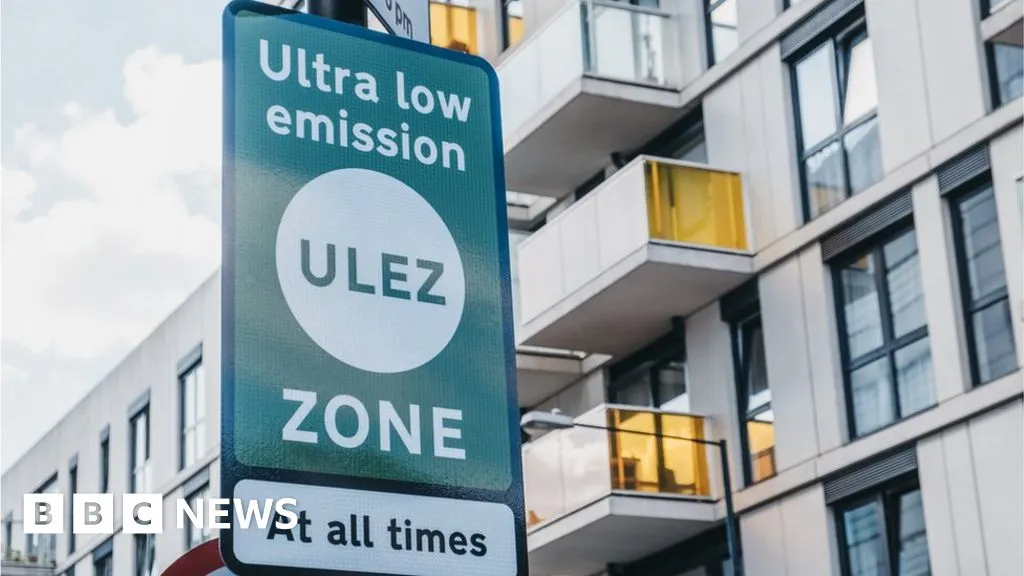The researchers said the introduction of the Lez helped to reduce particulate matter (PM10) in Greater London by 13% between 2008 and 2013, compared to between 2003 and 2007.
Nitrogen dioxide levels had also fallen by 18.4% in 2019 following the launch of Ulez in central London, compared to the period between 2016 and 2018, according to the analysis.
More evidence that low emissions zones work!
If London really wants lower emissions, maybe try learning from the Dutch.
The Netherlands does have a lot of low emissions zones.
Annoyingly they often get a lot of pollution blowing across from Britain which makes their efforts stunted.
This will help to ameliorate that!
This is the best summary I could come up with:
Cleaner air in London brought about by the low emission zone contributed to a 4.5% reduction in long-term health problems and an 8% decrease in respiratory issues like asthma and bronchitis, they said.
Lead author Dr Habtamu Beshir, from the University of Bath, said: "With this analysis, our goal was to offer an objective overview of the impact of low emission zones in the capital and beyond.
Professor Eleonora Fichera acknowledged concerns with compliance costs for owners of older vehicles, particularly affecting poorer communities.
“Our analysis confirms the effectiveness of low emission zones in improving air quality and health - crucial for residents in large cities,” she said.
A Transport for London report showed the proportion of vehicles in the expanded area which comply with minimum emissions standards had risen from 85% in May 2022 to 95% in September.
Mr Khan extended the Ulez zone from everywhere within the North and South Circular roads to cover all London boroughs from 29 August .
The original article contains 450 words, the summary contains 163 words. Saved 64%. I’m a bot and I’m open source!
Of course the data would show this, but the question is how many fewer cars are on the streets of London? How much of the impact is due to the drastic uptake in electric vehicles?
The article partly addresses this.





